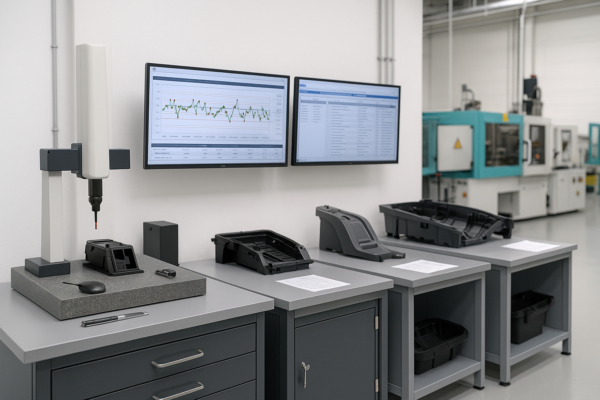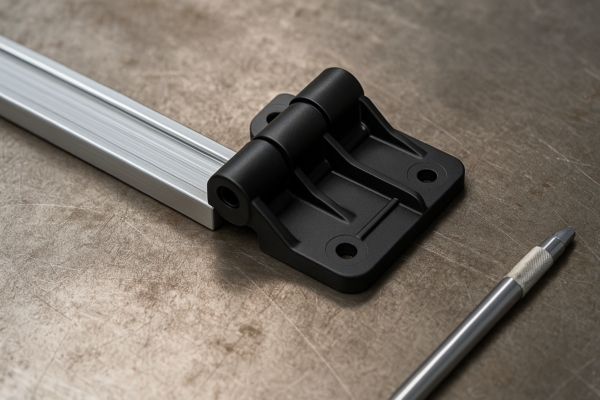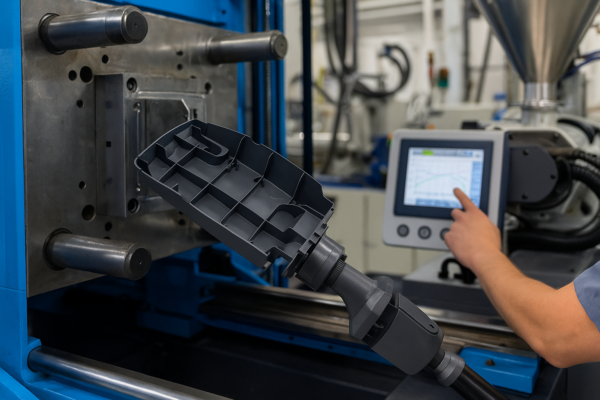How do you screw without drilling?
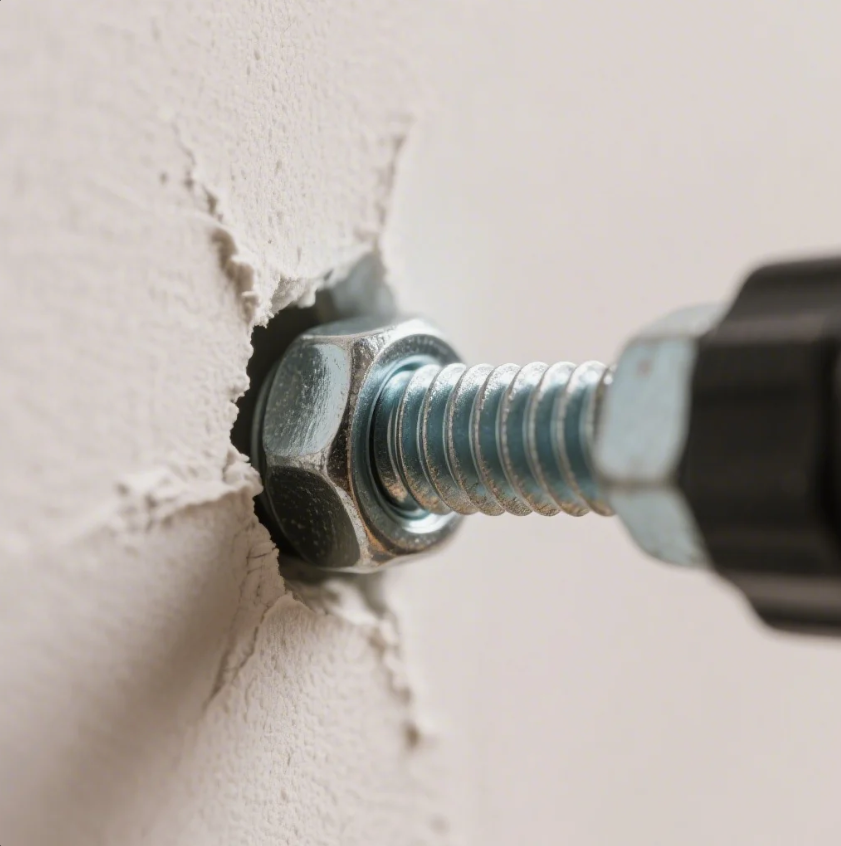
Drilling is often thought of as a necessary first step when inserting screws, but did you know that it’s possible to screw into materials without drilling? Whether you’re working with wood, metal, or another surface, there are several methods and tools you can use to secure screws without the need for a drill.
Snippet paragraph: You can screw into materials without drilling by using manual tools, self-tapping screws, or adhesive fasteners. Let’s explore how to do it.
In this article, we’ll discuss methods for attaching without drilling, how to screw into metal without a drill, and the tools and techniques you can use instead.
How do you attach without drilling?
If you’re trying to attach materials without using a drill, there are several alternatives available, depending on the material you’re working with and the type of attachment you need. Here are a few options to consider:
Snippet paragraph: There are many ways to attach materials without drilling, such as using adhesive, nails, or pre-threaded screws.
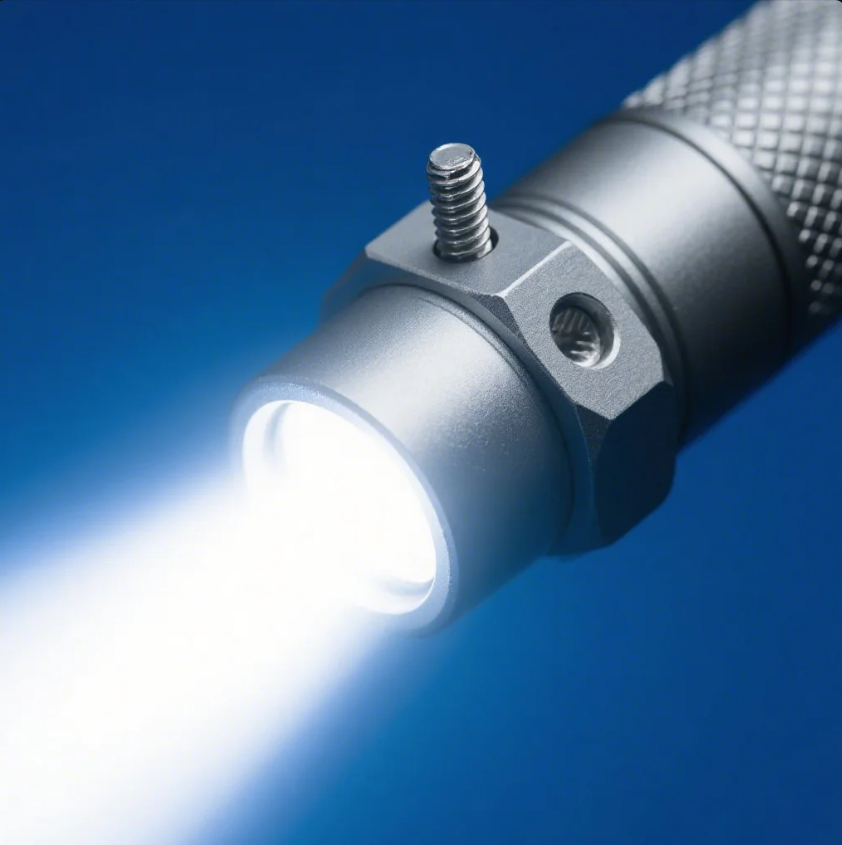
1. Use Adhesive Fasteners:
One of the simplest ways to attach materials without drilling is by using strong adhesives. These are ideal for lightweight items or when you need a clean, invisible attachment.
- Applications: Hanging pictures, securing trim, or assembling lightweight objects.
- Materials: Wood, metal, plastic, glass, and more.
Common Adhesive Types:
- Superglue: For small, quick jobs.
- Construction adhesive: For heavy-duty applications, such as attaching tiles or panels.
- Double-sided tape: Great for mounting pictures or lightweight objects.
2. Use Self-Tapping Screws:
Self-tapping screws are designed to cut their own threads as they are driven into the material. This eliminates the need for pre-drilling a hole.
- Applications: Often used in metal, wood, or plastic applications where a hole is not needed beforehand.
- Advantages: Faster than using a drill and no need for extra equipment.
3. Use Nails or Staples:
If the material you’re working with is soft enough, nails or staples can be used as an alternative to screws. You can hammer nails into wood, drywall, or soft metals for quick, secure attachment.
- Applications: Woodworking, drywall installation, and other applications where a temporary or semi-permanent bond is needed.
- Tools: A hammer or a staple gun.
4. Use Clamps and Clips:
For temporary or adjustable attachment, clamps and clips are excellent tools. These can hold parts together without causing permanent damage or needing to drill holes.
- Applications: Woodworking, metalworking, and securing materials in place during assembly.
- Tools: Clamps, spring clips, or C-clamps.
Can you screw into metal without a drill?
Yes, you can screw into metal without a drill, but it requires the use of specific fasteners that can cut through the metal as they are screwed in.
Snippet paragraph: Screwing into metal without a drill is possible using self-tapping or self-drilling screws designed for metal.
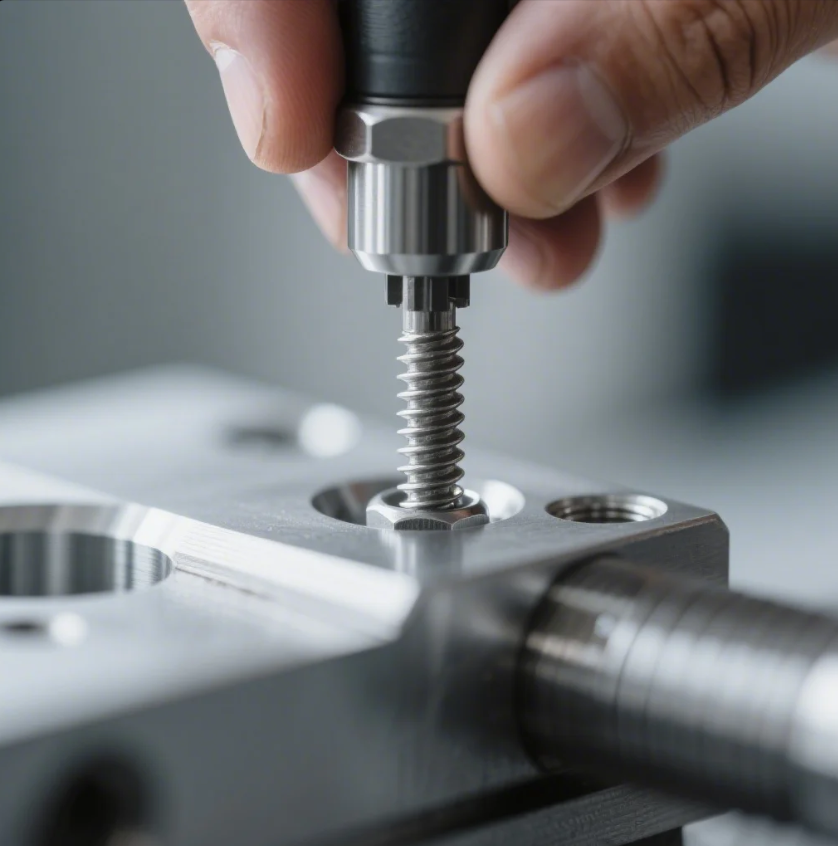
Using Self-Drilling Screws:
Self-drilling screws, also known as Tek screws, are designed to create their own hole as they are driven into metal. They feature a drill-like tip that allows them to easily penetrate metal surfaces without the need for pre-drilling.
- Applications: Perfect for sheet metal, steel, and other thin metals.
- Advantages: No need for a drill, saving time and effort. They can create a secure connection without damaging the surface of the metal.
Tips for Screwing into Metal:
- Lubricate the Screw: For smoother insertion, lubricate the screw with a little oil or wax. This helps reduce friction and prevents stripping.
- Use a Screwdriver or Manual Driver: While a drill isn’t necessary, you can use a manual screwdriver or a powered driver to insert the screw.
What can I use instead of a drill?
If you don’t have access to a drill, there are several alternatives depending on the material you’re working with and the type of fastener you need. Here are some options:
Snippet paragraph: If you don’t have a drill, consider using manual screwdrivers, hammers, or specialized tools like a manual punch or screwdriver driver.
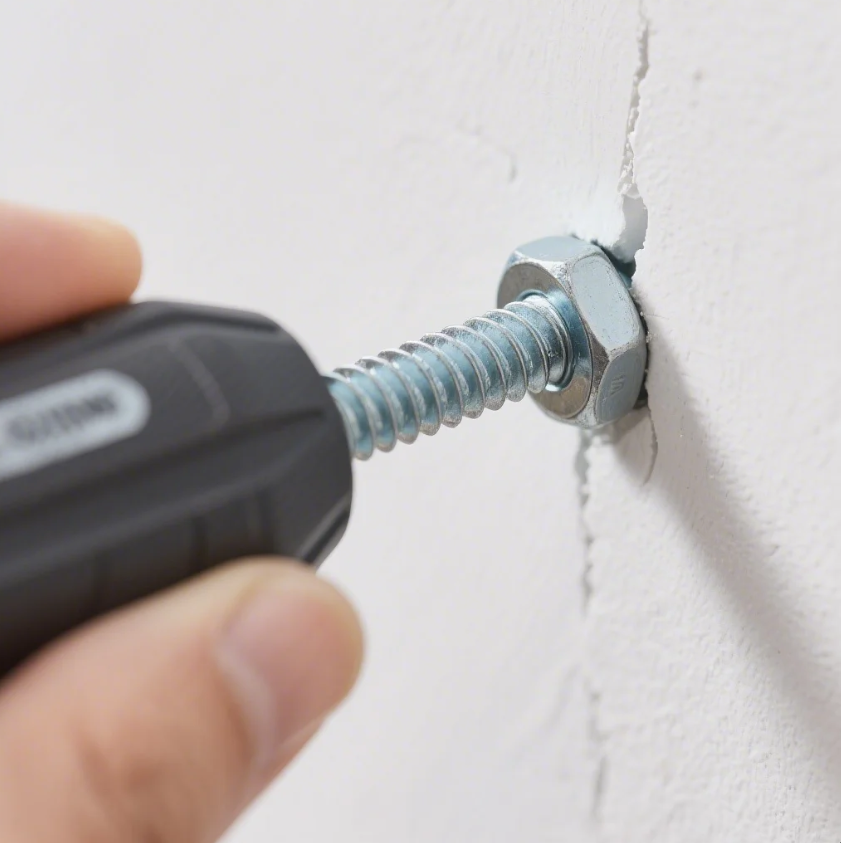
1. Manual Screwdriver:
A manual screwdriver is the most basic alternative to using a drill. While it may take longer, it works well for screws in wood, plastic, or thin metal.
- Applications: Inserting screws in wood, soft metals, or plastic materials.
- Advantages: No power required, simple, and cost-effective.
2. Screwdriver Driver (Manual or Powered):
A screwdriver driver, whether manual or powered, can help you drive screws more easily than a manual screwdriver. Some models even have adjustable torque settings to suit different materials.
- Applications: Quick fastening without needing a drill.
- Advantages: Faster than a manual screwdriver and more control over torque.
3. Manual Punch or Awl:
If you need to make a starting point for a screw in a tough material like metal or plastic, a manual punch or awl can be used to create a small indentation. This helps guide the screw into the material without a drill.
- Applications: Used for creating pilot holes in hard materials to help drive screws.
- Advantages: Precise and effective, even without a drill.
Can you screw directly into wood?
Yes, you can screw directly into wood without drilling first, but it depends on the type of screw and the wood’s density.
Snippet paragraph: Screwing directly into wood is possible, especially with self-tapping screws, but the right technique and screw type are important.
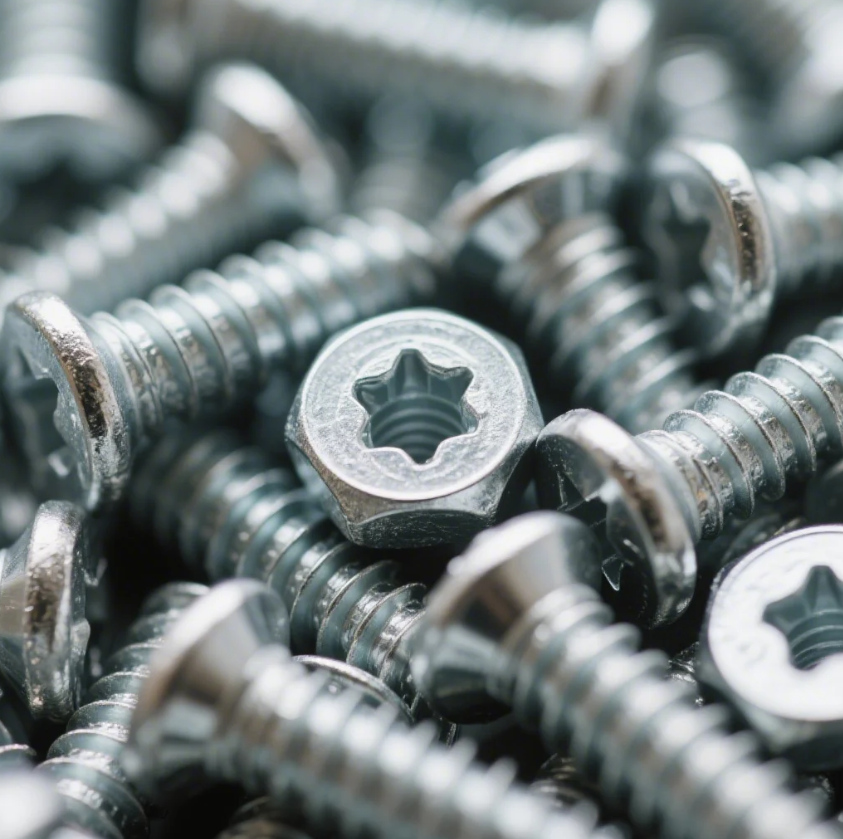
Screwing Into Wood Without Drilling:
-
Self-Tapping Screws: Self-tapping screws are designed for use in wood and can cut their own threads as they are driven in. This eliminates the need for a pilot hole in many cases.
-
Wood Screws: Wood screws typically have sharp threads that can bite into the wood as you drive them in. However, they may require some initial pressure to create the hole in harder woods.
-
Tips for Screwing Directly Into Wood:
- Use the Right Screw: For softer woods, you can use standard wood screws, but for denser woods, self-tapping screws might be a better choice.
- Use a Manual or Powered Driver: While a drill is not necessary, a manual or powered screwdriver or driver can help insert the screw more efficiently.
Benefits of Screwing Into Wood Without Drilling:
- Time-Saving: No need to set up a drill for pilot holes.
- Convenience: Quick and easy fastening, especially in softwoods.
Conclusion
Screwing without drilling is entirely possible and can be done with the right fasteners and techniques. Whether you choose to use self-tapping screws, adhesive fasteners, or manual tools like screwdrivers or punches, there are numerous ways to attach materials securely without needing a drill. Understanding the best alternatives and tools for your project can save time and effort, especially when you don’t have access to a drill or prefer not to use one.
Consider your materials, project requirements, and available tools to select the best fastening method for your next task.


